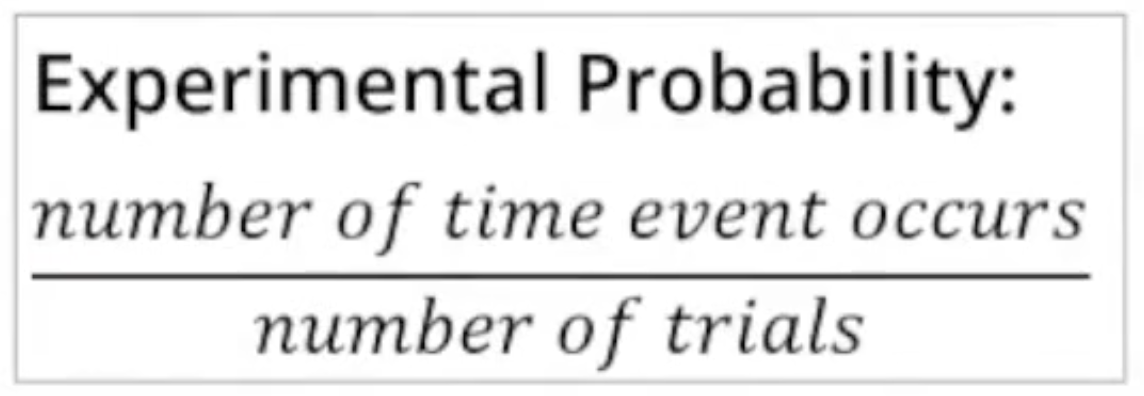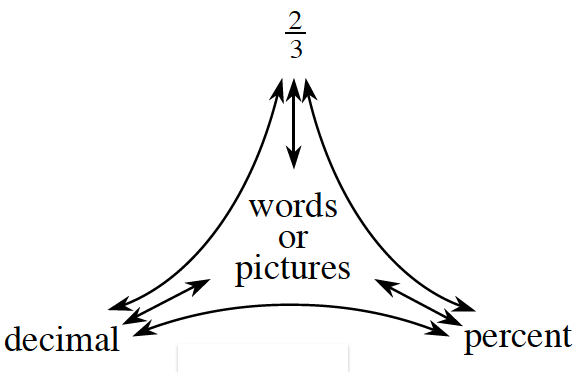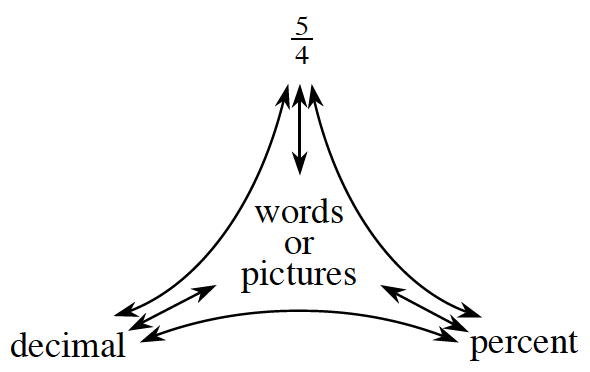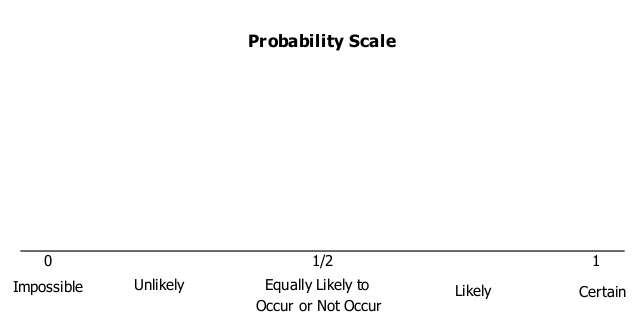Week 1 – Experimental or Theoretical Probability
Mike wants to win a giant stuffed animal at the carnival. He decided to play the “Go Fish” game, which has three prizes: a giant stuffed animal, a smaller stuffed animal, and a plastic kazoo.
The game is set up with a tank containing 1 green fish, 3 blue fish, and 6 yellow fish. To play, Mike must go fishing. The game is set up so that every time a player goes fishing, he or she will catch a fish.
To win the giant stuffed animal, Mike needs to catch a green fish.
- Create a drawing of the game by creating a bag with tiles matching the fish colors.
- If all of the fish in the tank are green, how would you describe the probability of Mike’s winning a giant stuffed animal?
- The way the tank is set up (with 1 green, 3 blue, and 6 yellow fish), what are the chances that Mike will catch a black fish?
- What percent of the time would you expect Mike to catch a green fish and win the giant stuffed animal? How can you explain this thinking to the class?
- What is the probability that Mike will catch a blue fish? A yellow fish? Write each of these probabilities as a fraction and a percent.
- 1-52. In the game described in problem 1-51, you could expect Mike to win a giant stuffed animal 10% of the time. A percentage is one way to express the probability that a specific event will happen. You might also have said you expected Mike to win 1 out of every 10 attempts. So the probability that Mike will win is , because the 1 represents the number of desired outcomes (green fish that Mike can catch) and the 10 represents the number of possible outcomes (all the fish that Mike could catch)
1-63. THE MYSTERY SPINNER
Your teacher has a hidden spinner. Your challenge is to perform an experiment that will allow you to predict what the spinner looks like without ever seeing it.
Your Task: Your teacher will spin the spinner and announce each result. When you think you know what it looks like, draw a diagram of the spinner.
- Based on your data, how can you describe the likelihood of landing on each part of the spinner? How does the spinner that your team drew represent these likelihoods?
- Use your data to write the probability of each of the following results as a fraction, a decimal, and a percent.
- The spinner lands on purple.
- The spinner lands on green or orange.
- If your teacher were to spin the spinner 15 more times, how might this change your answers for part (b)?
- Do you know for sure that the spinner you drew looks exactly like your teacher’s? Are you certain that the portions that you drew for each color are the same size as the portions on your teacher’s spinner? Why or why not?
Mystery Spinner Revealed!
Assignment: 1.2.2 Homework
Concept Summary
In the game described in problem 1-51, you could expect Mike to win a giant stuffed animal 10% of the time. A percentage is one way to express the probability that a specific event will happen. You might also have said you expected Mike to win 1 out of every 10 attempts. So the probability that Mike will win is 1/10, because the 1 represents the number of desired outcomes (green fish that Mike can catch) and the 10 represents the number of possible outcomes (all the fish that Mike could catch).
Probabilities such as these are called theoretical probabilities because they are calculated mathematically based on what is expected. In other words, it is what we think or predict would happen, given what we see or are given.
Theoretical Probability is a calculated probability based on the possible outcomes when they all have the same chance of occurring.
Theoretical Probability =

Experimental Probability, however is the ratio of number of successful events over the number of trials.

Week 2 – Compound Probability
1-119. Thomas helps around the house by doing one chore after school. Each day, Thomas and his aunt use the spinner at right to decide which chore he will do. Here is what Thomas knows:
- The sections on the spinner for “rake leaves” and “do laundry” are the same size.
- The sections for “clean bathroom” and “vacuum” are equal in size and together make up half the spinner.
- What is the probability that Thomas will spin “do laundry”?
- Thomas hates to clean the bathroom. When he spins the spinner, what is the probability that it will not point to “clean bathroom”? Explain how you found your answer.
Thomas’s aunt hopes that he will either spin “clean bedroom” or “rake leaves” today.
- What is P(clean bedroom)? What is P(rake leaves)?
Spinning either chore in part (a) would make Thomas’s aunt happy.
- What is the probability that he will spin either one of the chores?
- How can you write the two outcomes as a single probability?
Roberto was playing a game that required spinning a spinner. On his first ten spins, he landed on four different spaces. He landed on:
Lose a Turn one time
Move Forward One Space four times
Move Forward Two Spaces three times
Move Back One Space two times
- Based on this data, what is the probability that Roberto will spin Move Forward Two Spaces on his next spin? Why?
- Based on this data, what is the probability he will NOT land on Move Back One Space on his next spin? Why?
- Based on this data, what do you think this spinner looks like? Explain your thinking with words.
Lindsay has a paper bag full of Fruiti Tutti Chews in three different fruit flavors. She says, “If you reach into the bag, you have a ![]() chance of pulling out a Killer Kiwi. There is a
chance of pulling out a Killer Kiwi. There is a ![]() chance that you will get Crazy Coconut.”
chance that you will get Crazy Coconut.”
- If you reach into the bag, what is P(coconut or kiwi)?
- Does there have to be another flavor in the bag? How can you tell? If so, assuming that there is only one other flavor, what is the probability of getting that flavor?
- How many candies might Lindsay have in the bag? Is there more than one possibility? Assume that all candies in the bag are whole candies.
We have a bag containing a set of colored blocks or counters. The bag contains 1 yellow, 2 red, 4 green, and 5 blue blocks.
- Are we working with Experimental or Theoretical probability?
- Look at the blocks in your bag. If you were to reach into the bag and select one block without looking, what is the likelihood that it would be:
- Red?
- Green?
- Blue?
- Orange?
If you were to select one block from the bag 12 times, replacing the block you drew between each selection, how many of those times would you expect to have selected a blue block? What if you drew 24 times? Discuss both situations with your team and explain your answers.
- Do you think the larger sample space will change the likelihood of drawing blocks of different colors?
- Do you think the probabilities would change if you combined three bags? Why or why not?
- What change do you think you could make in order to increase the chances of choosing a blue block? Explain your reasoning.
Assignment: 1.2.3 Homework
Week 3 – Additional Probability
 Pick a tile (Mars) Revised
Pick a tile (Mars) Revised 

